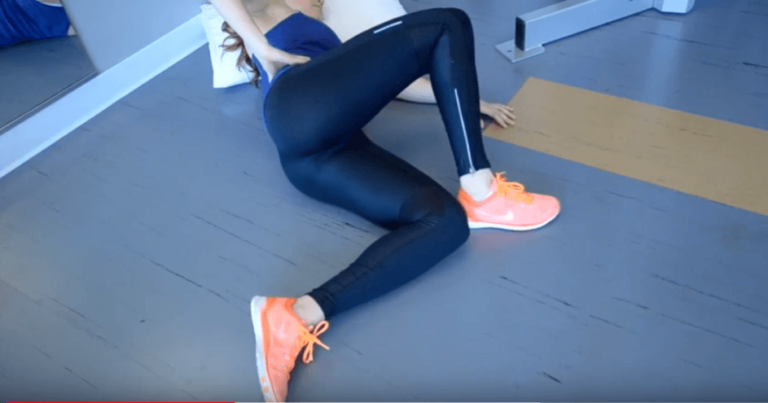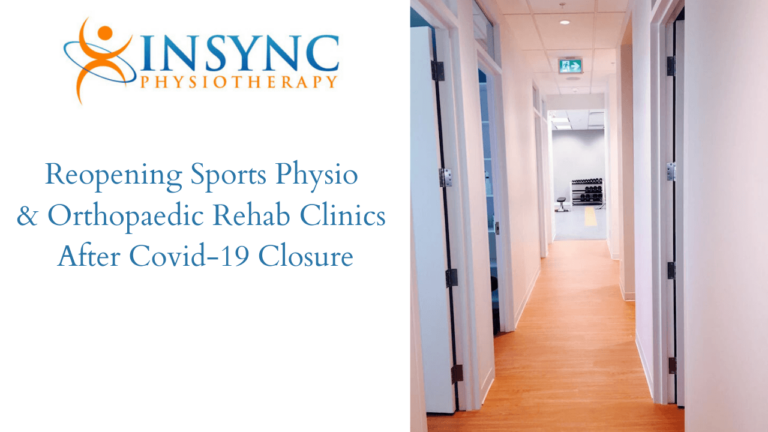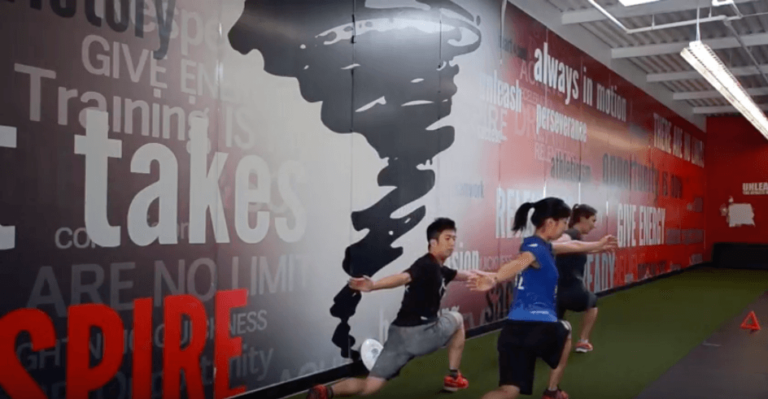
Similar Posts
Exercises While in Bed From a Broken Ankle
Also referred to as an ankle fracture, a broken ankle involves damaged bones and ligaments in the ankle joint. Symptoms include severe pain, swelling, bruising and inability to carry weight on the foot. A broken ankle can take several weeks or months to heal. During recovery, you will need to stay off the ankle to…

Ankle Injuries & Ankle Sprains: Gluteus Muscle Retraining
This exercise is great for retraining your Gluteus Medius after an ankle injury. After you sprain your ankle, the muscles all the way up into the hip on the affected side can be affected. Begin by lying on your left side to strengthen your left Gluteus Medius “Butt” muscles. Keep your right hip stacked on…
Sand Training
As summer approaches, one of the best places to exercise is the beach. Not only do you get a beautiful view, but working out on the sand also allows for a challenge due to sand plyometrics. Sand plyometrics has been proven to increase performance in regards to strength. A study by Arazi, Mohammadi and Asadi…

Reopening Sports Physio & Orthopaedic Rehab Clinics after Covid-19 Closure
Hey Everyone! It’s Wil Seto from INSYNC PHYSIO, Sports & Orthopaedic Rehab clinics. As most of you know, we’ve closed our clinics since mid March to help stop the spread of Covid-19. It’s drastically changed the way we live now. Our united efforts in practicing the safety guidelines outlined by the Ministry of Health in…
Bad Knees? Stay Away from These Exercises
Bad knees may seem like a legitimate excuse to dodge the gym, and when you partake in high-impact activities, we can see why exercising might lose its allure! One of the best treatments for knee pain, however, is actually fitness! Exercise can be a potent medicine for bad knees, as long as you use the…

Ultimate Frisbee Dynamic Warm Up: How To Prevent Injuries & Perform Better!
Hey, I’m Claire McDonald, I’m from INSYNC PHYSIO. We’re here today to shoot a dynamic warm up for Ultimate Frisbee. We’re doing this because it’s going to help loosen up our muscles, get our muscles activated before we play. It’s also going to help prevent injuries as well. This should take about 10 to 15…
